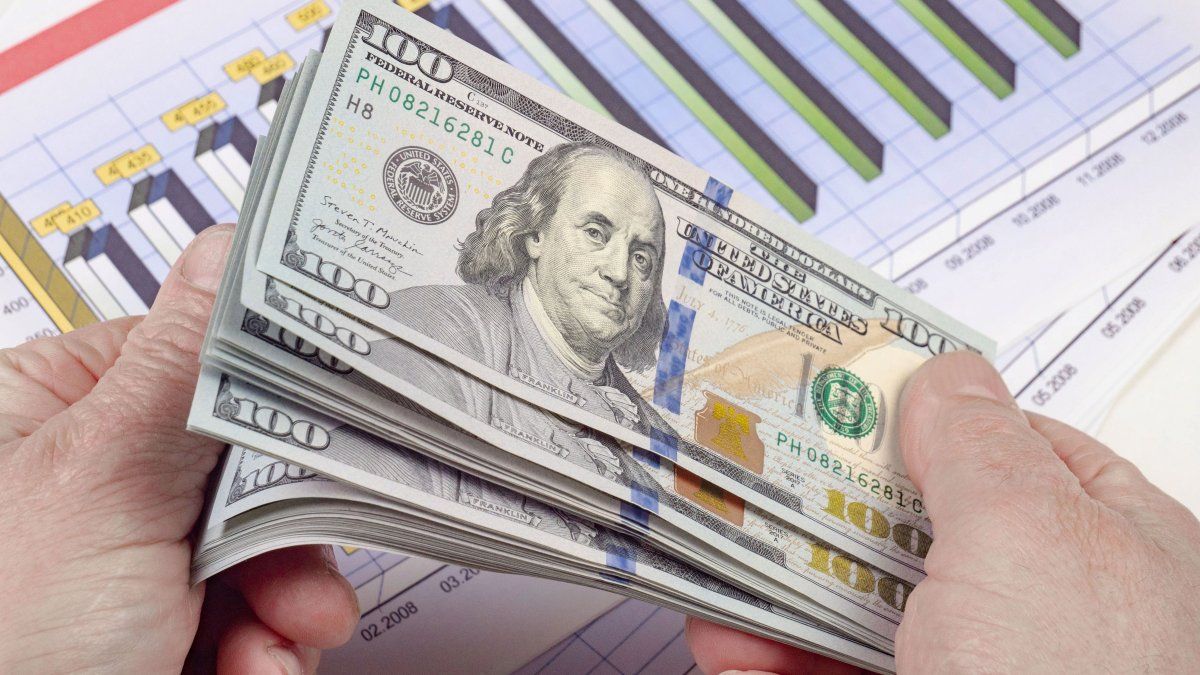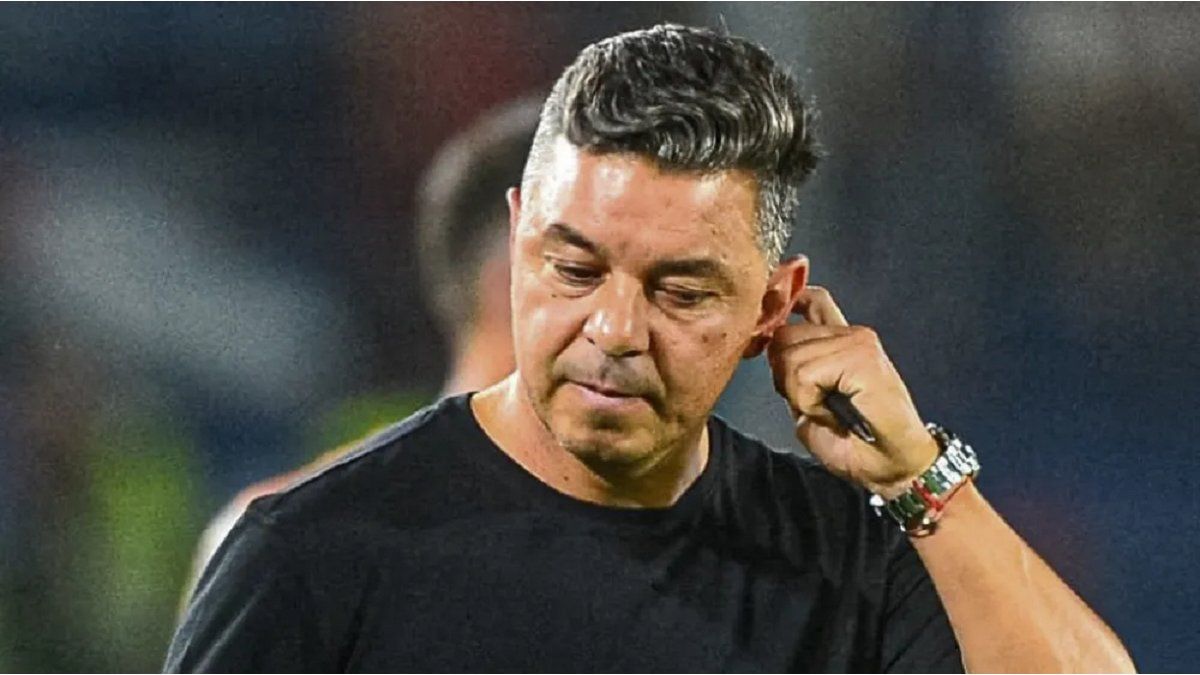Shortly after the start of the Russian war of aggression in Ukraine, the ruble plummeted – not least because of the sanctions imposed by the West. But the Russian national currency is struggling again. Why actually?
Despite numerous tough economic sanctions, Russia’s currency was able to make up for the sharp drop in exchange rates after the start of the Ukraine war. On the currency market, 78 rubles were paid for one US dollar at times during the week.
This brought the exchange rate back to the level it was last at when war broke out at the end of February. Strict capital controls, surpluses in the Russian trade balance due to energy exports and the high level of interest rates in Russia are considered to be the main reasons for the ruble’s recovery.
Ruble recovery since mid-March
Immediately after the outbreak of the Ukraine war on February 24, the exchange rate of the ruble initially plummeted. At the beginning of March, up to 177 rubles had to be paid for one dollar at times. Since mid-March, however, a recovery has set in.
Since the beginning of the war, however, the ruble has no longer been considered a freely tradable currency. The exchange rate can therefore only be compared to a limited extent with trading in other currencies such as the euro. However, the Russian currency continues to be exchanged on the foreign exchange market with restrictions, which makes it possible to determine the ruble exchange rate.
Strict capital controls
A key reason for the ruble’s recovery is the strict capital controls that Russia has put in place to stave off a financial collapse. In the early days of the war in Moscow, long lines of people could be seen in front of ATMs when the ruble was in free fall. The country’s central bank reacted quickly and, among other things, limited the export of foreign currency.
Another reason for the price recovery are the high interest rates in Russia. As a further measure against the impending collapse, the country’s central bank doubled the key interest rate to 20 percent at the end of February. In the meantime, the ruble’s recovery has progressed so far that the central bank is even in a position to scale back this extreme rate hike a bit.
On Friday, Russia’s central bank lowered the key interest rate again – by 3.0 percentage points to 17 percent. In addition, the financial markets were given the prospect of further interest rate cuts. “The external conditions for the Russian economy remain difficult and significantly restrict economic activity,” commented the Russian monetary authorities on the rate cut. “The risks to financial stability are still there, but have not increased for the time being, also thanks to the capital control measures that have been decided,” said the central bank’s statement.
trade balance
Analyst Tatha Ghose from Commerzbank also points to the Russian trade balance as a key reason for the ruble’s recovery. “The trade balance should improve after the sanctions,” said Ghose. Because while the export of Russian energy such as oil or gas is still possible, the import of Western goods has been severely restricted by the sanctions.
According to Ghose, a conversion of gas payments to rubles ordered by Russia would not have any major impact on the exchange rate. In the future, Western countries will have to pay for their Russian gas via ruble accounts at Gazprombank.
From the point of view of the leadership in the Kremlin, the situation on the foreign exchange market has eased. However, the question of an impending insolvency of the Russian state remains acute. Because there is still a risk of default on Russian government bonds. Most recently, for the first time, Russia paid off its foreign debt only in rubles instead of US dollars. The background are the sanctions of the West.
Source: Stern
Jane Stock is a technology author, who has written for 24 Hours World. She writes about the latest in technology news and trends, and is always on the lookout for new and innovative ways to improve his audience’s experience.




